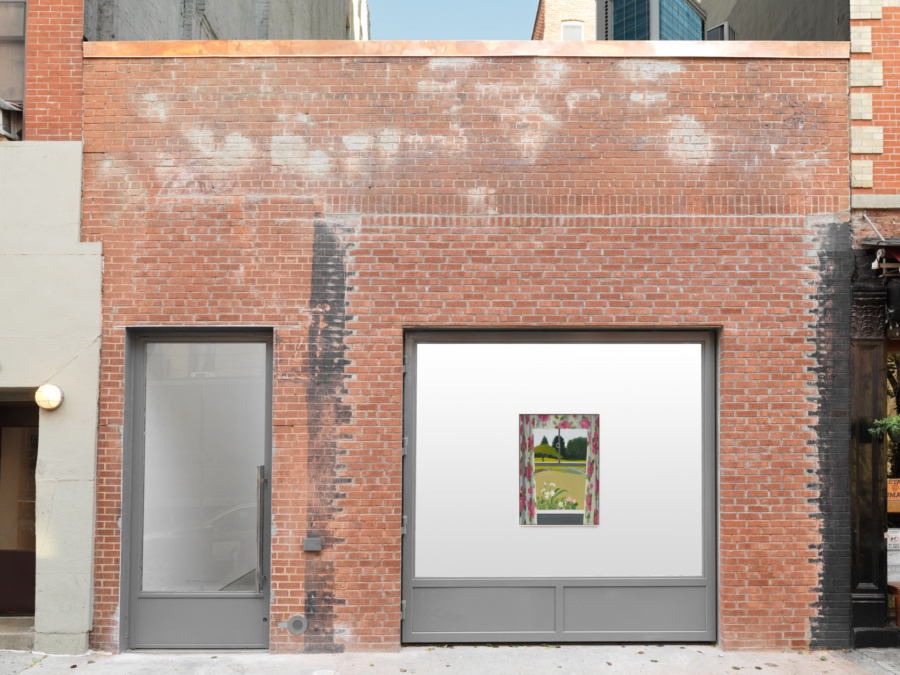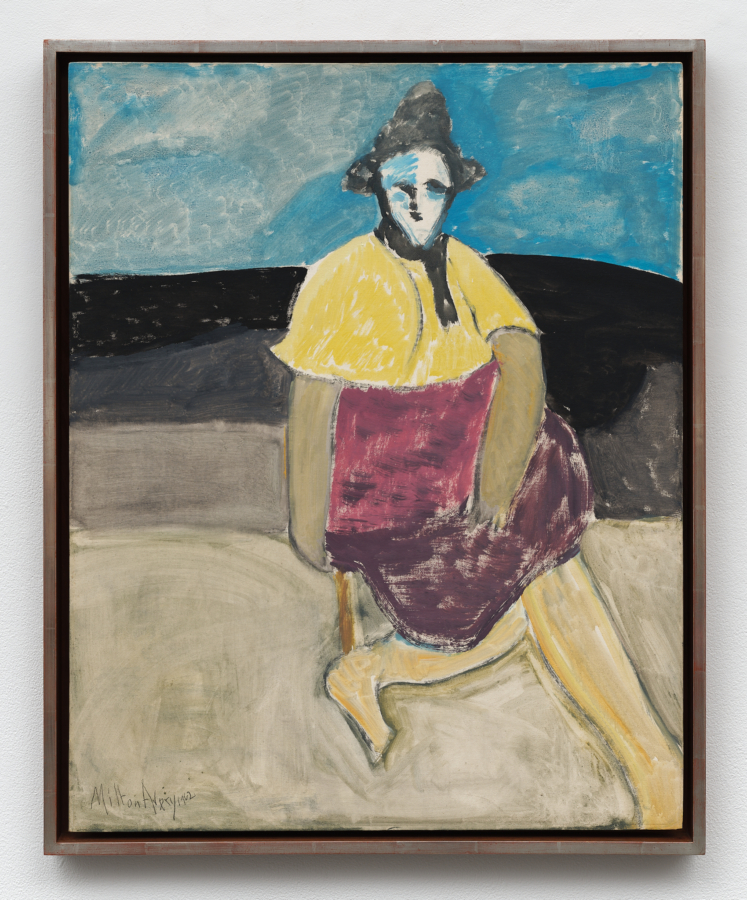Matrix 18: Exhibition Catalogue, Berkeley Art Museum and Pacific Film Archive, University of California, Berkeley, 1979.
Alan Saret works with a variety of common, flexible materials which he manipulates for specific locations. Dominant among these materials are various forms of wire, particularly galvanized farm and field wire, insect screening and, more recently, colored, vinyl-coated copper wire.
Saret’s use of highly mutable materials to create non-static forms reflects a relatively new sculptural methodology, which involves allowing the forming or distributing of materials in space to be a function of the natural properties of the chosen material. This attitude–reflected not only in Saret’s wire pieces, but also in Lynda Benglis’ poured latex works, Robert Morris’ scattered and draped felt and Richard Serra’s splashed lead–may be seen as an extension of the chance procedures of the Dadaists and, more recently, the contemporary composer John Cage. The intent of much of this recent sculpture is to discover a meaningful form within a given material rather than trying to fit the material to a preconceived form, as has traditionally been the case. In speaking about his work, Saret states, “The flexure of each material draws a line in space which corresponds identically to its physical properties. Nature, therefore, draws the final line in the art.” (Undated notes by the artist.)
The amorphous wire forms which comprise this MATRIX unit delineate volume in a subtle manner. It is a peculiar quality of Saret’s wire sculptures that they describe volume yet avoid mass. Airy and billowy in appearance, they are essentially transparent volumes.
Saret refers to the sculptures as “paradigms of micro and macro structures.” This statement no doubt refers to the fact that his works often appear as correlates for minute molecular chains or immense galactic systems. An allusion to vines and other forms of crawling flora is consistently evoked in the larger works which drape loosely around their surrounding environment. Such works bear a conspicuous similarity to Saret’s visionary drawings of vine-covered landscapes, which often accompany his sculptural installations.
Saret works with the architectural possibilities of wire, as well as the allusionistic-aesthetic qualities. Saret received a Bachelor’s Degree of Architecture from Cornell University in 1966. Feeling that his theoretical approach to architectural problems was more attuned to the visual arts than to the world of commercial architecture and design, he has subsequently devoted his energies full-time to sculpture. For the past several years Saret has attempted to align his interest in architecture and sculpture by exploring the possibilities of developing malleable, light-weight architectural systems. Among Saret’s most ambitious works to date is Ghosthouse, exhibited at Art park in New York in 1975. Ghosthouse is a large, hand-formed architectural structure made exclusively of wire-mesh which the artist inhabited for several months.
Alan Saret was born in New York City in 1944. He received a Guggenheim Award for Sculpture in 1969. The artist spent three years in India between 1970-73, studying the arts and religions of that country, subsequently establishing Alael, a formal non-profit religion organized by Saret for the purpose of selfrealization through art. For the past several years Saret has been nomadic, travelling throughout the United States doing projects at various museums and universities.
“My proposal for an architecture made of flexible networks is an aspect of The Installation for Man. It suggests the possibility of an ecologically regenerative architecture, and comes directly out of my work in sculpture. My work in sculpture has to do with the strength and flexibility of the materials used as well as other properties like color and texture. Instead of creating monolithic, impenetrable forms, forms governed by some adaptation of a formal attitude, I chose to alter the alchemy of art itself. So I thought, what a wonderful thing to have an architecture that would be like a mesh work. An architecture that wasn’t monolithic. An architecture which would let the wind pass through, and yet be warm enough and dry. An architecture that would let in the sun through many layers of material, from a coarse structural network to hanging curtains that would modulate the light in very fine ways.”
Excerpted from an interview with Alan Saret in Avalanche (Summer, 1975) p. 9.



